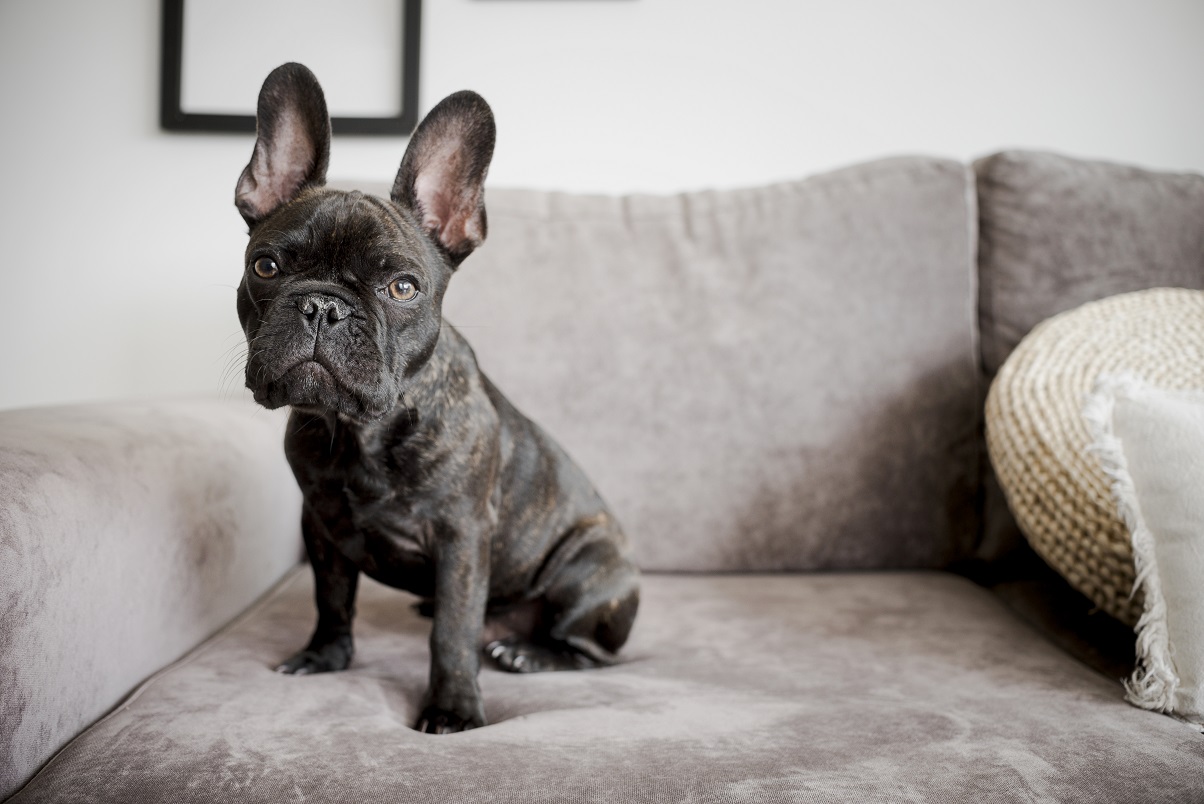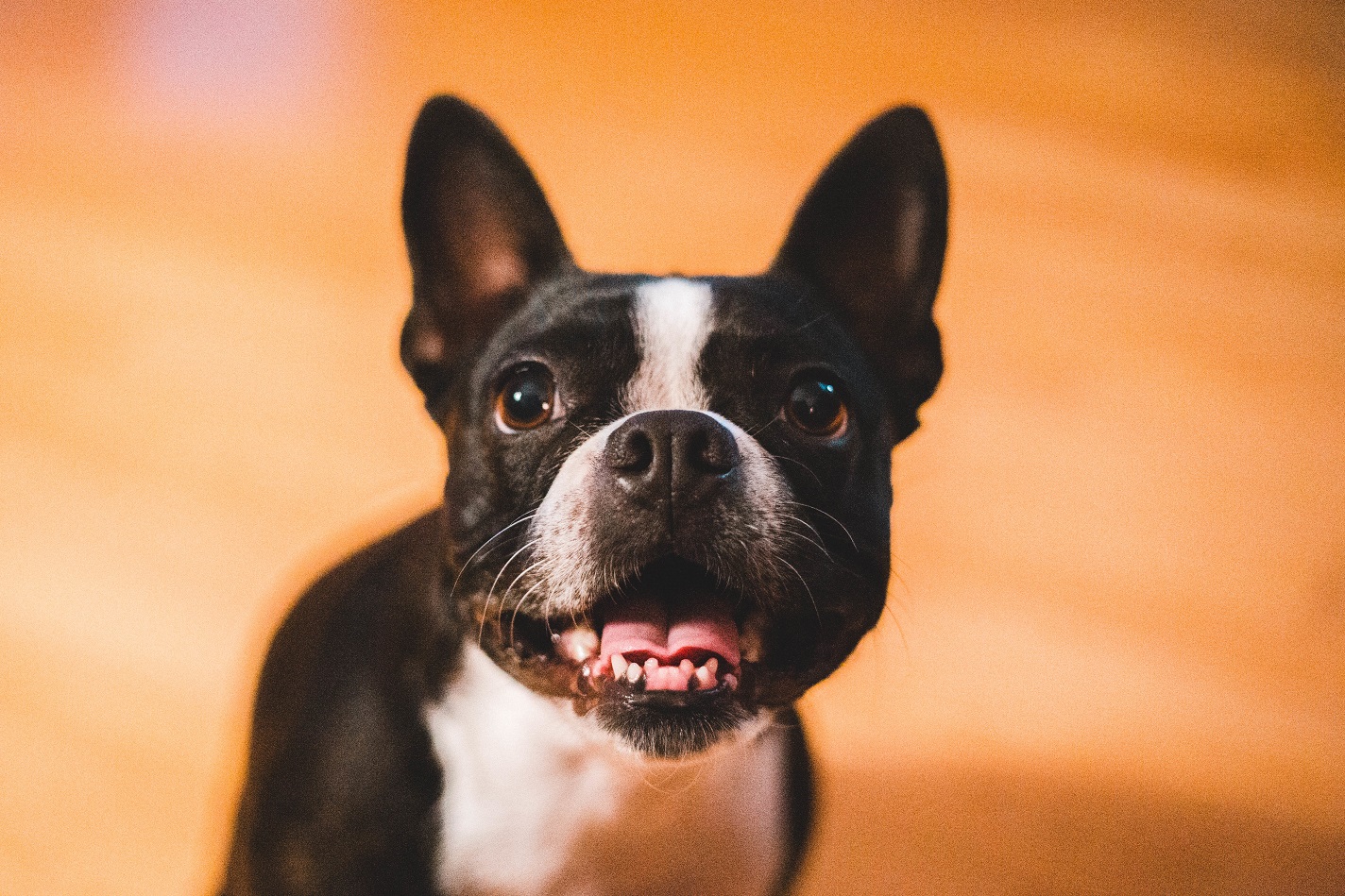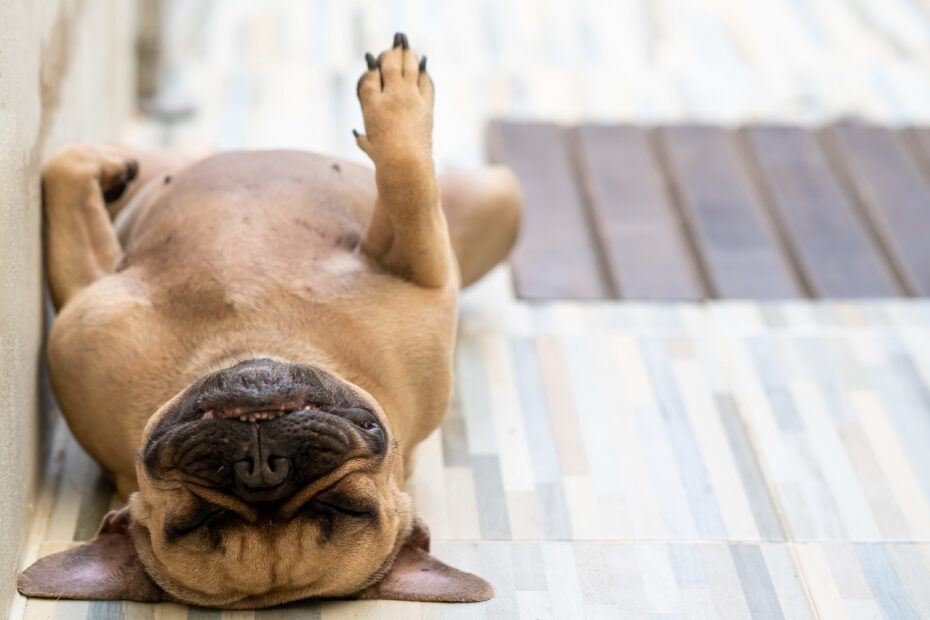If you’re wondering about the pros, the cons, and the methods of crate training a French Bulldog, you’ve come to exactly the right place.
In today’s post, I’ll be taking a deep dive into the potential benefits, the common pitfalls, and the best approaches to crate training a Frenchie.
But before I do that, I need to explain one thing.
Regardless of the benefits and regardless of the methods you use, crate training can and most probably will test your patience to its limits.
That’s not necessarily down to your Frenchie. We all know Frenchies have big personalities and need plenty of training to turn them into the model citizens they’re capable of being.
But ultimately, they’re big-time people pleasers who made great students given the chance.
And with the proper motivation (by which I mean plenty of treats and heaps of praise), they can be coxed into doing just about anything.
But does that mean they’re going to accept the crate without turning a whisker?
…Not exactly.
However, with the right approach and plenty of encouragement, they’ll come to see their crate as a very welcome addition to their life.
It’ll give them somewhere they can self-soothe when they’re feeling anxious, somewhere they can nap undisturbed, and somewhere that’s wholly and completely their own.
The problem is, it can take a while for them to get round to that way of thinking. Until they do, you can expect some barks, some whines, and plenty of pleading looks.
If you want to reap the rewards of crate training, you’ll need to harden your heart and keep your eyes firmly on the prize.
While I can’t do anything to strengthen your resolve, I can give you a heads up about a program that will make the ride easier.
It’s called the Dog Calming Code, and it’s been specially put together by Dan Abdelnoor over the Online Dog Trainer to help any dog achieve a calmer, more balanced approach to life.
How’s that going to help, I hear you ask? Try putting a dog in a crate when they’re overexcited and hyper, and you’ll soon find out…
Here’ the link to take a look: Click Here To Check Out The Dog Calming Code And Discover How To Quickly Crate Train Your Frenchie In Just Minutes A Day!
(video will open in new window)
The Benefits of Crate Training A French Bulldog
If you’ve already done some research on crate training you’ll know everyone has an opinion on it. Some people think it’s the best thing since sliced bread; others think it’s equivalent to imprisoning your dog.
The truth is a little more complicated.
If you go about crate training in the right way, the benefits can be enormous.
Go about it the wrong way, by which I mean…
- Rush the introduction
- Use the crate for inappropriately long periods
- Position it incorrectly
- Use it to isolate your dog as a punishment
…Or one of a multitude of other crate sins. And both you and your dog will rue the day you ever bought the crate home.
But let’s assume everything goes smoothly. In that case, what kind of benefits can you expect?
Easier Potty Training
Training a French Bulldog isn’t as hard as training certain other breeds, but it’s no walk in the park either.
Potty training can be particularly difficult, with some Frenchies taking up to 8 months (or even more in some cases) to master the process.
Time and patience are crucial, but if you’re starting to run out of both, crate training can help remove some of the frustration.
How?
By tapping into your dog’s natural distaste for going to the bathroom in the same place as they sleep.
They might not give a second thought to doing their business on your bed, but you can bet they’ll think twice about doing it in their own.
Obviously, leaving them in the crate for too long will only end in a dirty crate and an upset dog. But providing you keep an eye on the time and don’t push them past their limits, crate training serves as a very handy exercise in self-control and willpower.
Safety
An older Frenchie might consider snoozing the ultimate pastime, but younger Frenchies like to play. The problem is, unsupervised play can be dangerous.
If you need to leave the house for a while, you’ll be amazed at how much damage a pup can cause in just a short time. If they decide to chew through some wiring or eat the contents of your bathroom cabinet, it won’t just be your furniture that gets harmed.
Crates offer a safe, secure place to keep your Frenchie whenever you’re not around to supervise.
Sense of Security
Even a social animal like the Frenchie needs some alone time occasionally.
Far from being the ‘prison’ some people think it is, a crate is actually a den – a safe, private place your Frenchie can hide away in that’s all their own.
If you want to give your dog a sense of security, a crate is a great way to go about it.
A Friend for Life
Crates serve as an excellent aid to potty training young dogs. But don’t underestimate their importance to older dogs either.
For older Frenchies with increased sleep needs, a crate offers a safe haven where they can nap in peace. It can help make transporting them to the vet easier. It can even help put an end to the nighttime wandering older dogs with cognitive issues can become prone to.
In other words, the benefits of a crate don’t end the moment your dog finishes potty training.
They’re for life.
Related Post: What To Do If Your Puppy Won’t Stop Barking In The Crate

The Drawbacks Of Crate Training
Ready for the ‘but’?
Get ready, because it’s a big one.
While there’s no doubt that crate training comes with big rewards, they’re not easily won.
Some pups take to their crate like a duck to water from the word go. The problem is, they tend to be the exception, not the rule.
The first few days, even weeks, of crate training can be hard.
Up until now, your dog has been able to go where they want, when they choose.
A crate puts an end to that – something that, for most dogs at least, will take a little getting used to.
While most dogs will soon come to see their crate as something to be welcomed rather than dreaded, you can expect some resistance until they get there.
They might bark and whine out of frustration, scratch at the door to get out, and put up more fuss than you thought possible.
In a very small minority of dogs, all that scratching and hollering is legitimate.
If they’re genuinely anxious and scared of being locked away, you’ll need to rewind and start the training from scratch using a very gentle, slow approach.
In some cases, you might need to abandon it altogether – while it’s rare, some dogs simply aren’t suited to crates.
But like I say, those dogs are rare.
In most cases, the barking and whining is simply frustration. And frustration will pass.
Until it does, you’re going to have to harden your heart and block your ears.
It’s tough, but ultimately, your dog isn’t in pain, they’re not suffering, and the long-term benefits of persevering with the training (both for them and for you) far outweigh the short-term inconveniences.

Setting up the Crate
Choosing the right kind of crate, setting it up in the right part of the house, and adding the right bits and bobs can make all the difference to how well and how quickly your dog accepts their new den.
Some of the things to think about include…
Choose the Right Crate
Start by shopping for the right crate. If your Frenchie’s still a pup, look for one that’s going to be big enough for them to stand up, turn around, and stretch out in when they’re fully grown.
Just be sure not to go overboard and buy one that’s designed for a dog ten times their size. If your pup’s not yet housetrained, they might end up dividing an overly large crate into sections, using one as their bed and one as their bathroom.
Find the Right Spot
Once you’ve got your crate, it’s time to work out the right spot for it.
It should be away from the main flow of household traffic, but still close enough to the action to stop your dog from feeling isolated and alone.
A quiet corner in a room the family spends most of their time in is ideal – it’ll be peaceful enough for them to rest undisturbed, but still close enough to you to give them peace of mind.
To keep them comfortable, make sure the spot is warm and away from any direct cooling or heating sources.
Make it Comfortable
There are no hard and fast rules about how to make a crate comfortable and homey for your dog.
Some dogs like to lie on a hard surface, while others prefer a soft bed and a few blankets to cuddle up in.
If you already know your Frenchie’s sleeping preferences, go with that.
If not, it’s going to be a case of trial and error until you find the approach that works best.
If you do decide to add a bed, look for hardy options that are going to stand up to scratching and chewing.
Bed aside, it’s also worth adding a few fun toys to prevent boredom. Just make sure they’re safe for your dog to play with unsupervised.
Related Post: How Long Does It Take To Crate Train A Puppy?

How to Crate Train a French Bulldog
Now you’ve set up the crate, you can get started on the training. Or nearly.
Beforehand, there’s just one last thing you need to do – get your dog into the right mindset.
The more you can encourage your dog to associate the crate with a relaxed, calm mindest, there more they’ll want to hang out in it.
If you put them in there while they’re in play mode, they’ll just want to come straight out to continue the game.
However, if you put them in when they’re calm, they’ll be more likely to see it as a place of rest.
If your Frenchie is still at the stage where calm is a foreign country, help get them into the zone with the Dog Calming Code.
After that, it’s time to make the introductions.
The Method
Frenchies can be stubborn, but they’re big people pleasers at heart. They’re also greedy little monsters that will do anything for a treat.
Use their appetite to your advantage by setting their food bowl just inside the door of the crate. Make a show of filling it up, then let your dog’s appetite do the rest.
Some dogs will come over straight away. Others may need a bit of time.
Either way, keep your eyes peeled for action and reward each foray into the crate with plenty of praise and one of their favorite treats.
Repeat the exercise over a few days. Once they’re comfortable coming in and out, it’s time to start shutting the door.
They might kick up a fuss for the first few minutes, but steel your nerves and let them be.
After 10 minutes, open the door and reward them with a treat.
Gradually work on increasing the amount of time they spend in the crate. Take it slow, adding just 5 extra minutes to each session.
The Tips
While you work on gradually increasing the amount of time your dog spends inside their crate, be sure to bear in mind these top tips:
Build Positive Associations
The more positive associations your Frenchie builds with the crate, the better. As French Bulldogs are motivated by their stomachs, try giving them a tasty snack to chew on while they’re in the crate.
A frozen Kong filled with peanut butter is an excellent way to distract them from the passing minutes.
Make Time for Games
Frenchies love to play. So to make sure the crate doesn’t become a negative place in their minds, make it part of your games.
You could try hiding some treats in it for them to sniff out or even throw a ball in it during a game of fetch.
The more they learn to see the crate as a positive, fun experience, the sooner they’ll start to love it.
Take Small Steps
The best way to overcome any anxieties your Frenchie has about the crate is to adopt a ‘softly, softly approach.
Leaving them in it for hours at an end from the very beginning is asking for trouble.
Take it slow, always reward them at the end of a session, and never try to push for longer than their bladder can handle.
Keep Calm
Crate training isn’t an overnight process. There’ll be good days, bad days, and days when you feel like throwing both the crate and yourself out the window.
…But keep going.
Providing you stay calm and consistent in your approach, your dog will get there.
While you’re keeping calm yourself, remember to encourage your dog to do the same with the help of the Dog Calming Code.

Final Thoughts
Crate training your dog is by no means essential.
If the thought of shutting your dog away breaks your heart, don’t feel compelled to do it just because people keep telling you to.
If you do decide to push ahead, the benefits will soon start speaking for themselves.
You’ll need to stay calm, apply lots of patience, and be ready for as many bad days as good.
Providing you’re willing to do that, both you and your dog will soon forget the frustrations of those early days.

